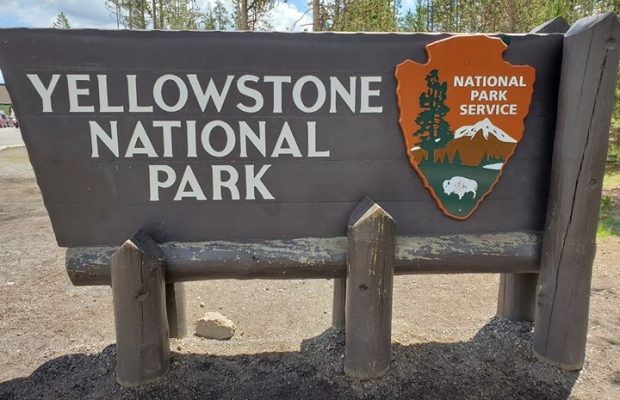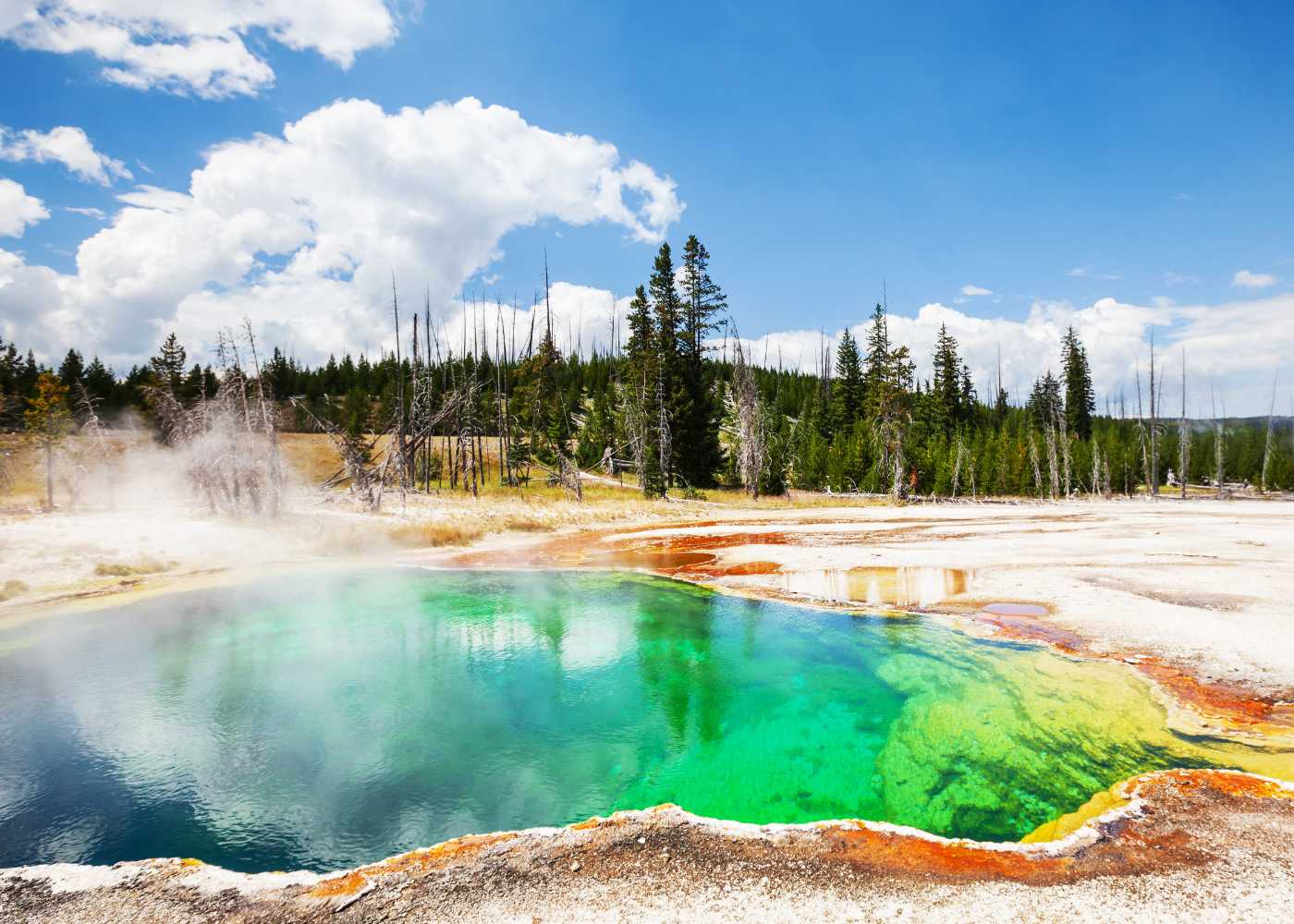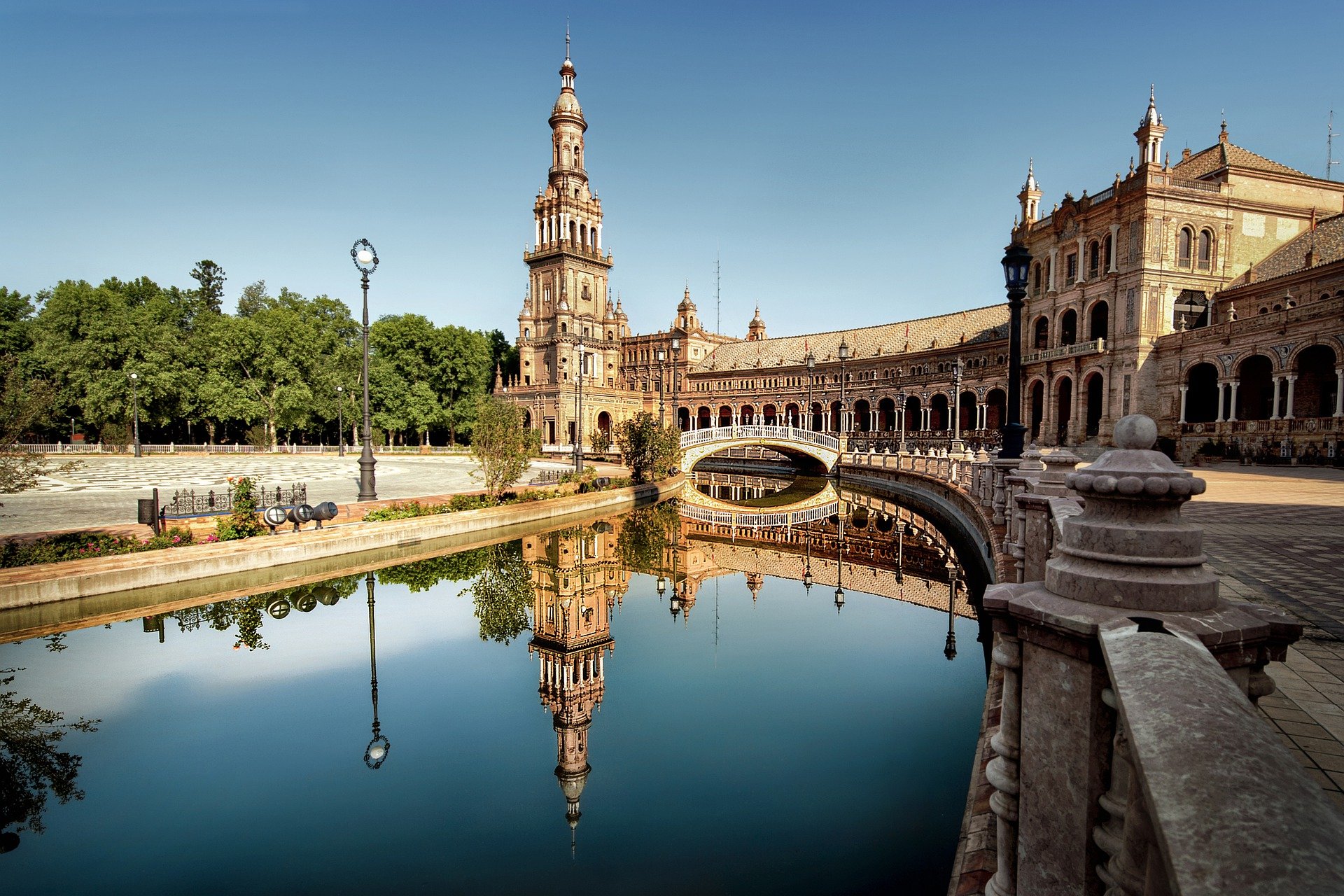
Yellowstone National Park: A Guide to Exploring America’s First National Treasure
Established in 1872 as the world’s first national park, Yellowstone National Park remains a crown jewel of natural beauty, drawing millions of visitors each year. Spanning over 2.2 million acres across Wyoming, Montana, and Idaho, the park offers a mesmerizing mix of geothermal wonders, abundant wildlife, and rugged landscapes. Whether you’re a hiker, a family seeking adventure, or a nature enthusiast, Yellowstone promises an unforgettable experience. Here’s how to make the most of your visit.

1. Discover Geothermal Marvels
Yellowstone’s geothermal features are unparalleled, boasting over 10,000 hot springs, mud pots, and nearly half the world’s active geysers. Old Faithful, the park’s iconic geyser, erupts with clockwork regularity, shooting water up to 180 feet high. For quieter but equally stunning sights, explore the Norris Geyser Basin, home to the park’s hottest and most dynamic thermal area, or the Biscuit Basin, where sapphire-blue springs like the Jewel Geyser dazzle visitors. Stick to boardwalks for safety, and check the park’s website for seasonal closures—some trails may close due to weather or geothermal activity.
2. Time Your Visit Wisely
Yellowstone’s accessibility shifts with the seasons. The North and West Entrances (Gardiner and West Yellowstone, Montana) open by mid-April, but snow often lingers into May, delaying access to higher-elevation roads like Dunraven Pass. Summer (June–August) offers full access but crowds; fall brings fewer visitors and golden landscapes. Spring and fall weather can swing from sunshine to snowstorms in hours, so pack layers. Always verify road statuses and trail conditions via the park’s official updates before arriving.

3. Family-Friendly Adventures
Yellowstone caters to all ages. Easy hikes like the Fountain Paint Pots Trail or Mammoth Hot Springs’ boardwalks let kids marvel at geothermal activity safely. Picnic areas with grills, such as Madison Junction, are perfect for lunch breaks. Wildlife spotting is a thrill—bison herds often roam Lamar Valley, while elk graze near Mammoth. Remember to keep a safe distance (25+ yards from most animals, 100+ from bears and wolves). The park’s visitor centers and many trails are wheelchair accessible, ensuring inclusivity for all.
4. Tap into Ranger Expertise
With ten visitor centers, Yellowstone’s educational resources are vast. Start at the Old Faithful Visitor Education Center for interactive exhibits on geothermal science, or visit the Canyon Village Center to learn about the park’s 10,000-year human history. Join ranger-led programs—guided walks, evening talks, or junior ranger activities for kids—to deepen your understanding of Yellowstone’s ecosystems and conservation efforts. Rangers also provide critical safety tips, like avoiding thermal areas and handling bear encounters.
5. Prioritize Safety and Preservation
Yellowstone’s beauty comes with risks. Stay on marked trails to protect fragile geothermal crusts and avoid scalding water. Carry bear spray in backcountry areas, and hike in groups. Adhere to wildlife distance rules—never approach animals, even for photos. Practice Leave No Trace principles: pack out trash, and avoid touching thermal features. Your actions help preserve the park for future generations.
6. Embrace the Supervolcano Beneath Your Feet
Beneath Yellowstone lies a massive supervolcano, responsible for the park’s geothermal energy. While it fuels iconic geysers, rest assured—the U.S. Geological Survey monitors seismic activity 24/7. Minor earthquakes and ground shifts are normal and pose no immediate threat. Dive into the geology at the Norris Geyser Basin Museum or during ranger talks to appreciate this dynamic landscape’s scientific marvels.
Final Tips for an Unforgettable Trip
Plan accommodations early—lodges like Old Faithful Inn book up months in advance. Campgrounds offer a closer-to-nature stay. Visit at sunrise or sunset for quieter vistas and magical lighting. Above all, approach Yellowstone with curiosity and respect. By balancing preparation with a sense of wonder, you’ll leave with memories of steaming geysers, roaming bison, and star-filled skies—a true testament to nature’s grandeur.
Yellowstone isn’t just a park; it’s a living classroom and adventurer’s paradise. Whether it’s your first visit or your tenth, its wonders never cease to inspire. Pack your sense of adventure, tread lightly, and let Yellowstone’s wild heart captivate you.






